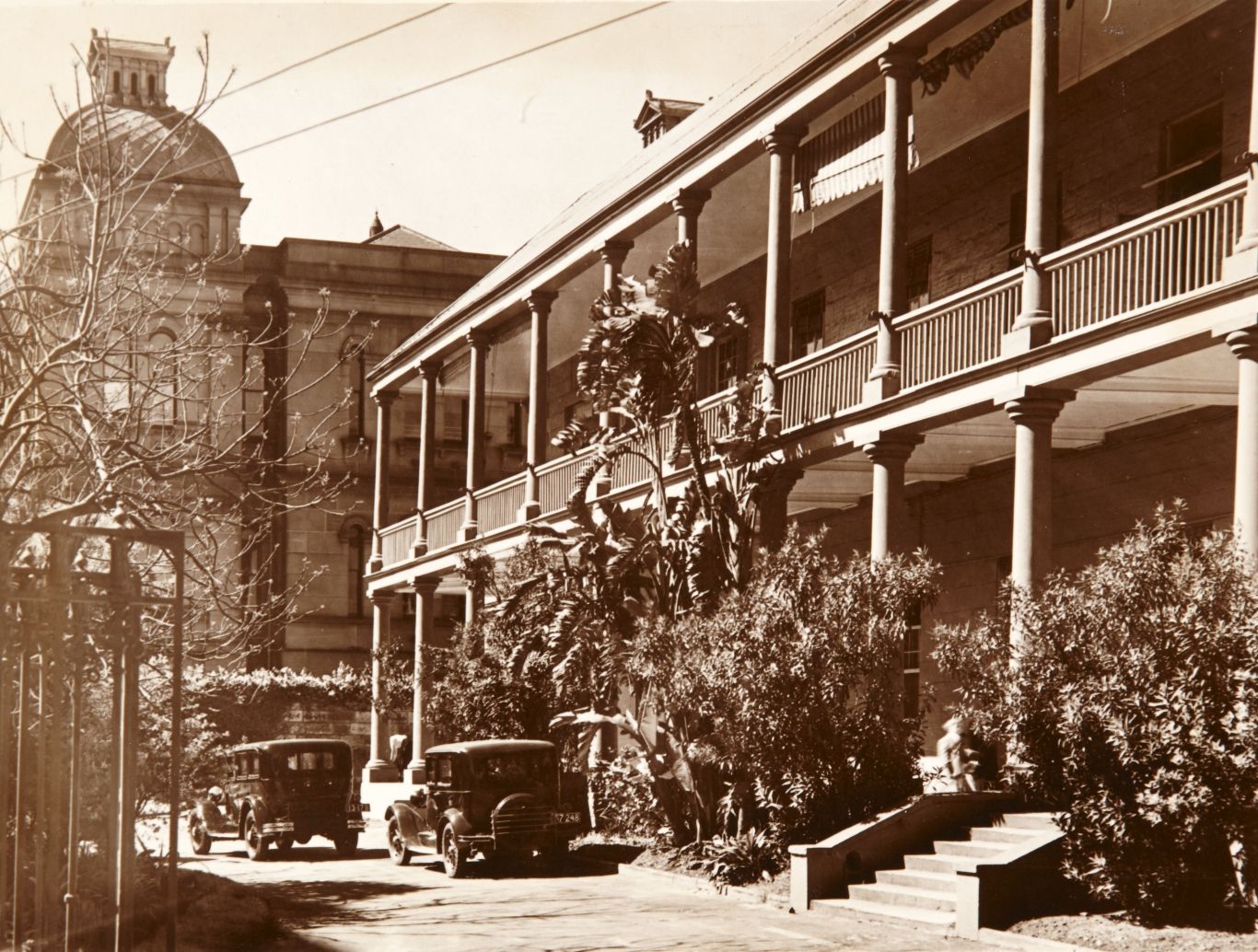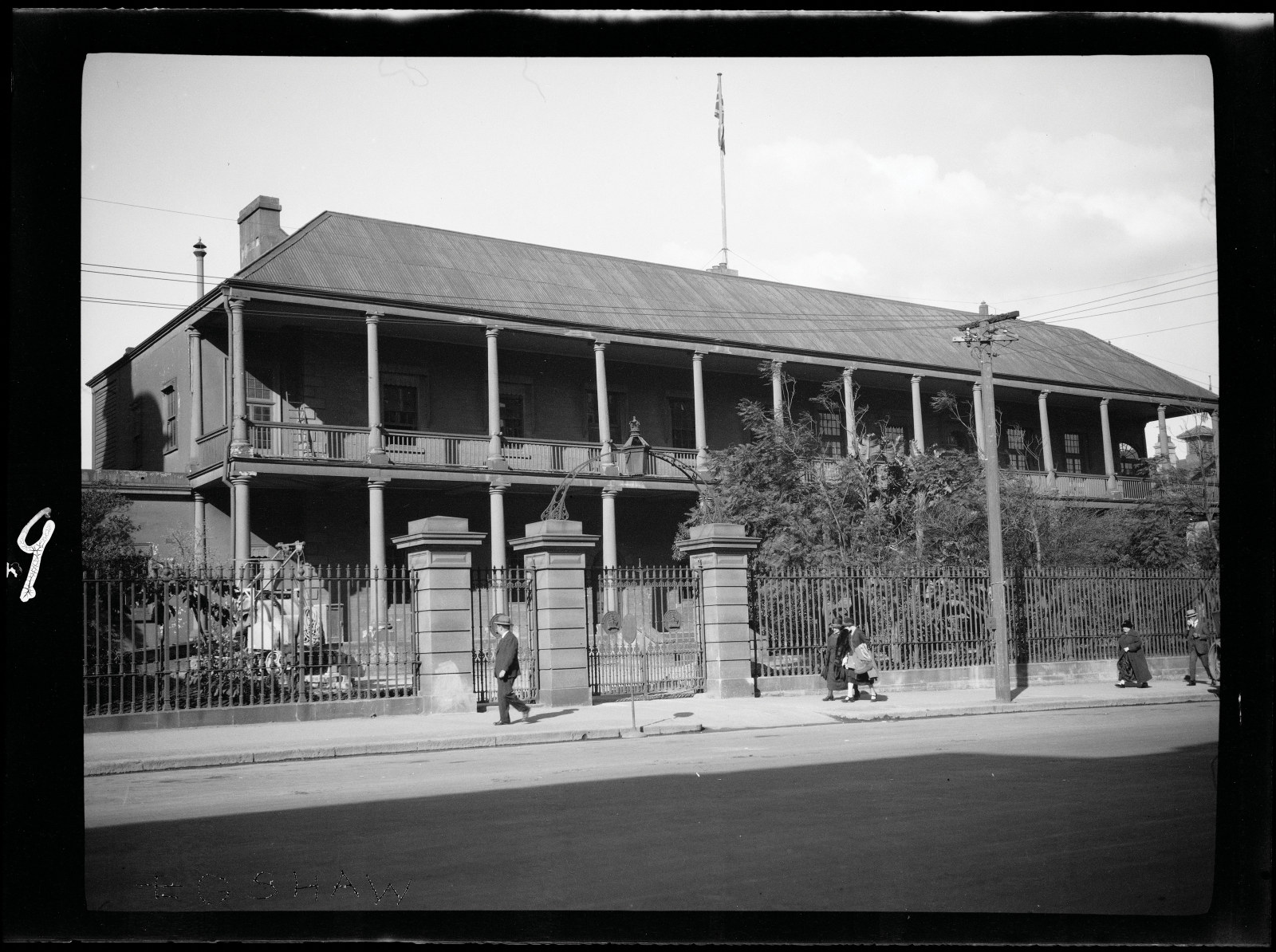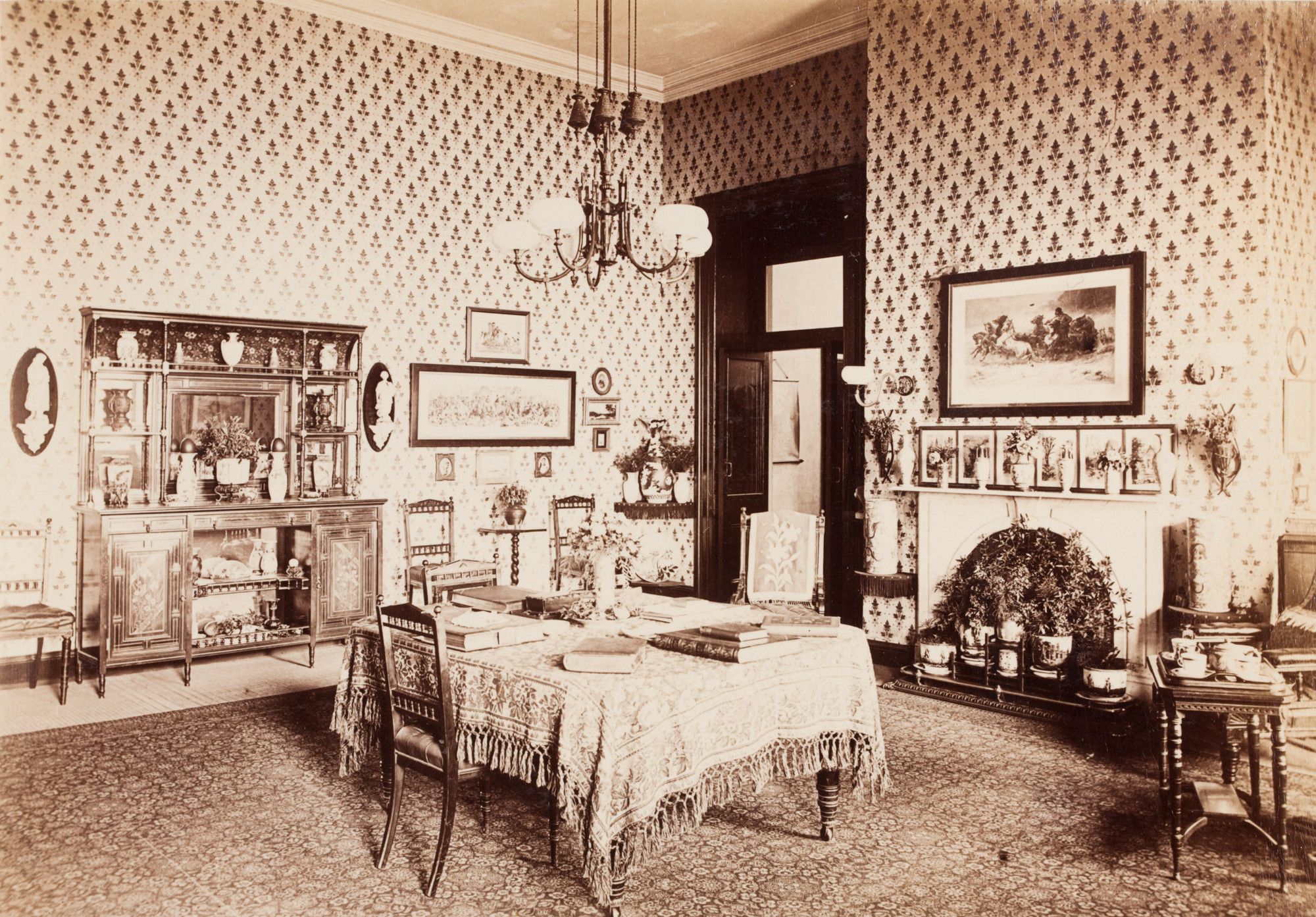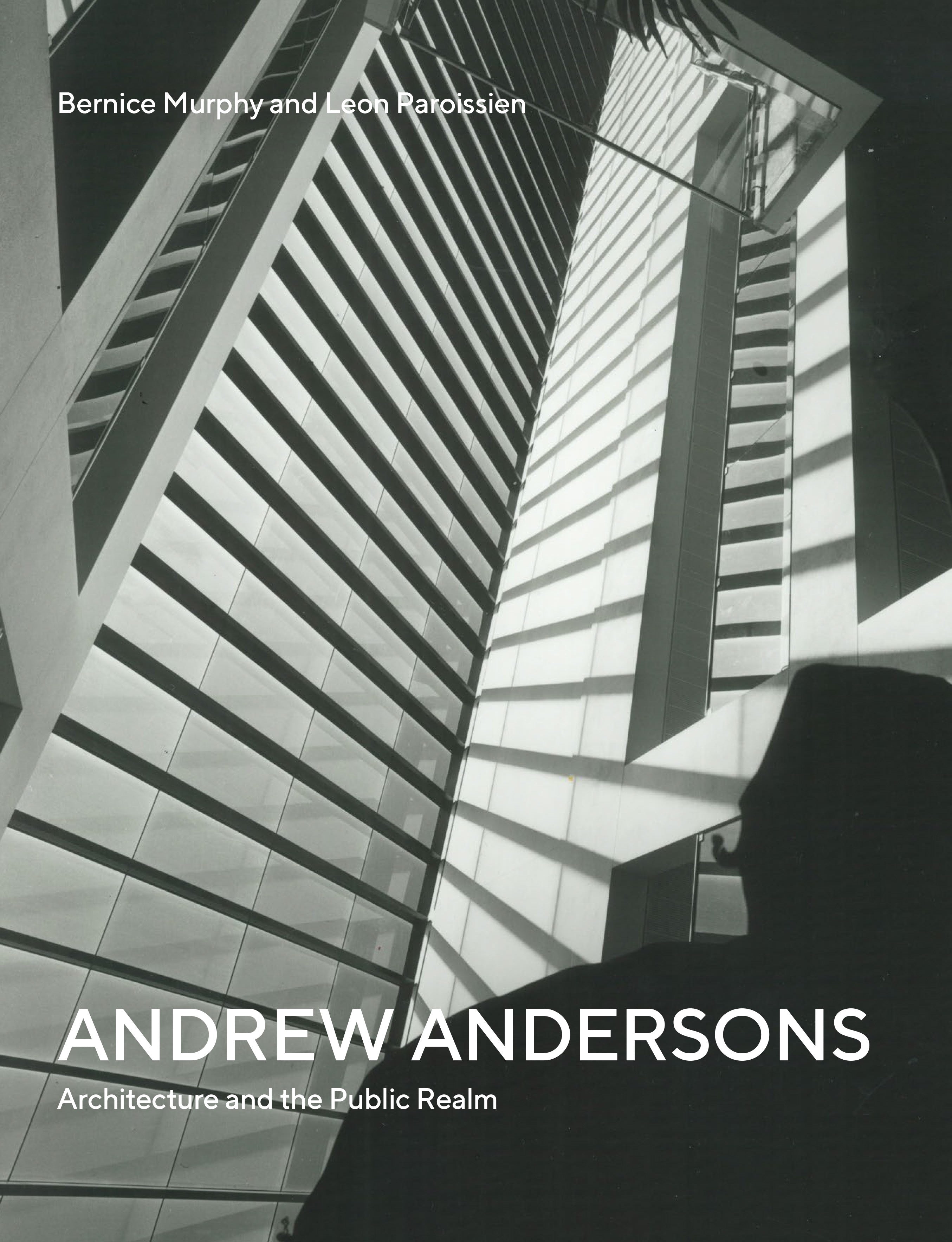The Mint
Formerly the ‘Rum Hospital’ – oldest surviving public building in Sydney’s CBD
Built for a cost of 45,000 gallons of rum, The Mint is rich in history. It was originally part of Governor Macquarie’s ‘Rum’ hospital for convicts and later became the first branch of the Royal Mint outside London. Today The Mint is home to Museums of History NSW’s head office, the Caroline Simpson Library & Research Collection, Bullion café and a spectacular series of venue hire spaces.
The Mint
Gadigal Country
10 Macquarie Street, Sydney NSW 2000. Phone +61 2 8239 2288- Cafe
- Wheelchair accessible

Rum Hospital verandah conservation update
Remediation works have seen four original columns spliced, 17 joists replaced, seven bays of balustrades repaired, gutters and downpipes remediated, and a new fascia, perimeter floorboards and soffit boards installed
Stories
Browse all
A rum deal
When Lachlan Macquarie began his term as governor of NSW in 1810, Sydney was in desperate need of a new hospital

The changing face of the Mint
As photographers documented the evolving face of the Mint, they recorded changes to the site and streetscape

Unexpected views
Over the decades, photographers have captured unexpected glimpses of the Mint’s history




